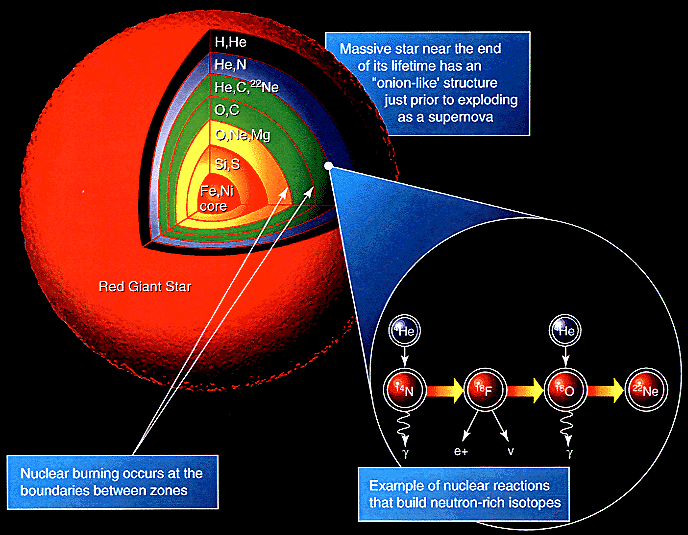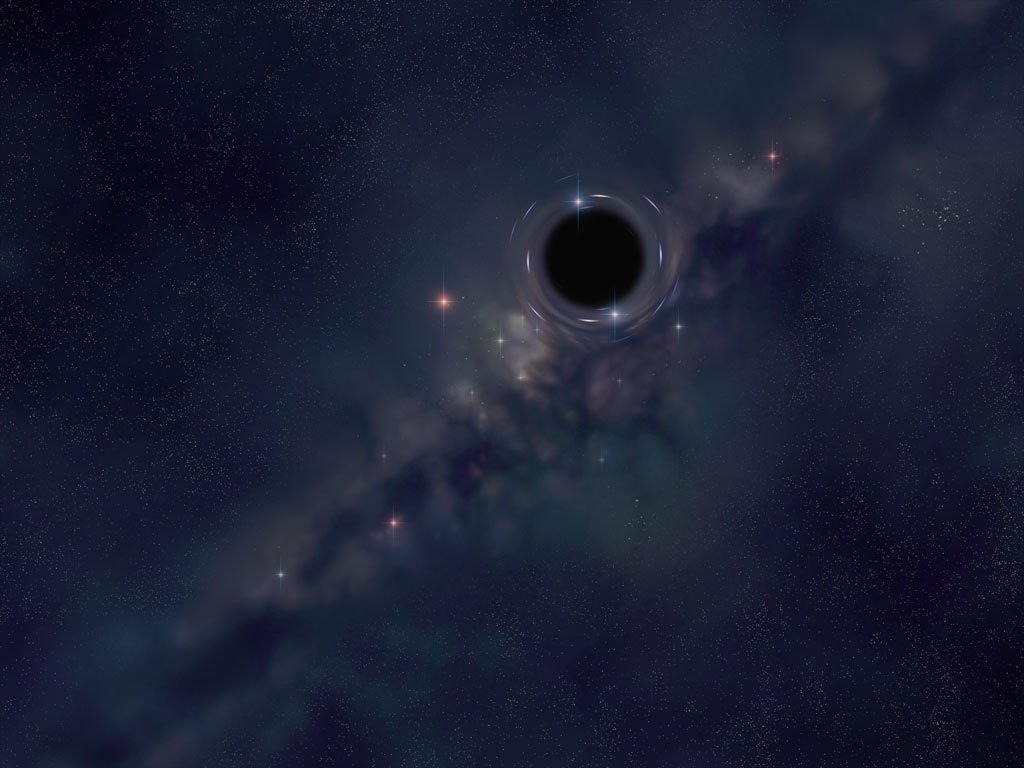In my last article, we went through the epic journey of main sequence stars of medium mass. At the end of the billions of years of shining bright, they die out with a whimper. But what about massive stars? Their end game is far more exciting! A warning and an apology - this post has it's share of hyperbole, but this is perhaps the only context where it actually applies.
First, a look back at the H-R diagram. In the previous post, we looked at stars with up to 8 solar masses (henceforth called mid-sized stars). It is beyond that when things get really interesting. Sub-giants are ejected out of the main sequence in short order, while supergiants and hypergiants spend little to no time in the main sequence. They follow their own rapid trajectories.

The first 6 phases - Phase 0 to Phase 5 are pretty similar. Like smaller mid-size stars, giants form in stellar nurseries, fuse Hydrogen, and then Helium.
The difference is, while main sequence stars take billions or even trillions of years, giants burn out their Hydrogen and Helium within millions of years. A star with 10 solar masses is done within 30 million years, while a hypergiant can burn through their fuel in a million years!
So how big is a hypergiant exactly?

That big. A trillion times the volume of our Sun!
Back to our stellar evolution, carrying on from Phase 5.
Phase 6 - Further rapid fusion to Iron
In mid-sized stars, fusion stops once the core is Carbon and Oxygen. However, in giants, the temperatures rise to ridiculous levels, kicking off an explosive chain of fusion reactions.
Oxygen fuses to Neon, Neon and Carbon fuses to Silicon, Silicon to Nickel and Iron. Each step leaves behind it's own shell - like an onion - and each fusion is more explosive and rapid than the preceding. While giants burn through Hydrogen and Helium thousands and millions of times faster than smaller stars, it still takes a few million years. But Carbon fusion is completed in a few hundred years, Oxygen fusion in a few years, and Silicon in just a day or two!

Source: EarthSky.org
Such cataclysmic events are beyond our comprehension as mere humans, but stay with me.
Phase 7 - Supernova
Supernovae are a complex matter - various different types with different remnants, caused by different effects. An incredibly intriguing topic that deserves its own article.
But what is common is supernovae are the most violent explosions in the known universe.
Following the fusion of Iron, the core collapses, leading to a supernova. The entire star literally explodes. You can see how I'm running out of words, but that's just how awesome this event is. This is where elements heavier than Iron are formed, and that is why they are so rare.
The aftermath of supernova leaves us with a massive cloud of matter - a nebula - and a stellar remnant. This can go in two broad directions.
Phase 8a - Neutron Star
A stellar remnant of under 3 solar masses post-supernova is a neutron star. Following the cataclysmic explosion, protons react with electrons to form neutrons. All that is left behind is an extremely dense clump of degenerate neutrons. Imagine the entire Earth packed into the size of a pea. Yes, I know, you can't imagine that, and I don't blame you!
Fast rotating neutron stars sometimes emit a beam of light. These are called pulsars - perhaps the most spectacular cosmic body in the universe. Hit play!
Phase 8b - Black Hole
Of course, objects can be even denser than neutron stars. At a mass of over 3 solar masses, the stellar remnant post-supernova is so impossibly dense that it complete disrupts the curvature of spacetime. As we know, no light can escape from inside it.

Post-supernova black holes are usually very small. Multiple black holes can merge and create supermassive black holes - many of which form the centers of entire galaxies.
It is thought that over trillions and gazillions of years, black holes will evaporate as they do radiate heat (Hawking radiation). But till then, they are the most powerful force in our universe.
At this point, I'm lost for words, so I'll just say - thank you for reading! Do leave your comments.


